Picture a sophisticated New York restaurant, where a discerning diner scans the menu. One item leaps out — squab, an opulent, delicacy. Would it matter if the bird was wild-caught or farm-raised? Would knowing where and how the squab lived and what it ate make a difference? Chefs and gourmands alike prefer farm-raised squab over its wild cousin for precisely these reasons.
Now, transpose this thinking onto seafood, and we arrive at a crossroads in our relationship with the fruits of the ocean. As Seatopia, a pioneer in premium farmed seafood, we aim to set the record straight about farmed fish. Let's debunk the myths and spotlight the truth about the quality, taste, and environmental impact of our certified clean seafood.
- Myth: Wild-caught fish tastes better.
In the realm of taste, subjectivity often prevails, and our discerning customers might contest this generalization. To illustrate, let's delve into the intriguing tale of the wild Pez Fuerte or Donkey Fish, scientifically known as Seriola Rivoliana, and its farm-raised kin, Kanpachi.
Anglers have long reveled in the sport of catching wild Seriola Rivoliana, renowned for their feisty spirit. However, when it comes to dining, these wild fish are often disregarded due to a tendency to harbor parasites and thick bloodlines from the stress hormones released during its fight.
Enter Kanpachi - the farm-raised variant of Seriola Rivoliana. This species has transformed the gastronomic reputation of this fish family, evolving into a culinary treasure. Years of meticulous cultivation and chef-driven menu innovation have raised Kanpachi to the ranks of gourmet delicacies akin to revered yellowtails, Hamachi and Hiramasa. Thanks to its sublime taste and delicate texture, this sushi-grade standout has made its mark on numerous Michelin-star menus.
When comparing the wild-caught to the farmed, the upbringing of the fish emerges as a crucial determinant of its quality. Our carefully vetted partner artisan mariculture farms, lauded for their ethical practices, raise fish that grace the tables of award-winning fine-dining establishments. With complete transparency about where and how your seafood is raised, you have the power to make enlightened choices. Whether savored raw or cooked, our farmed seafood offers an unparalleled gastronomic experience, debunking the myth that wild-caught inherently tastes superior.
- Myth: Farmed fish overuses antibiotics
It's important to understand that responsible and sustainable aquaculture is worlds apart from the image often depicted of disease-ridden pens requiring tons of antibiotics. The health and well-being of our fish and their environment is a top priority for us and our farm partners. We don't resort to antibiotics, hormones, unethical practices, or GMO broodstock.
We're proud to collaborate with artisan farmers who conscientiously raise kelp, mollusks, crustaceans, and fin-fish from eggs on sustainable low Fish-In-Fish-Out (FIFO) diets. These diets are rich in algae-based Omega-3s and are free from environmental or commercial toxins. It's this commitment to clean, careful practices that has helped our farms earn certifications from Monterey Bay Aquarium Seafood Watch “Best Choice”, the Aquaculture Stewardship Council (ASC), and Best Aquaculture Practices (BAP).
Innovative aquaculture practices around the world are increasingly making antibiotics a thing of the past:
A study by the World Wildlife Fund points out that aquaculture farms in Norway are now producing salmon without the use of antibiotics. The industry achieved this remarkable feat through rigorous management, innovative vaccination programs, and optimized feed.
The University of Maryland's Institute of Marine and Environmental Technology has highlighted a new sustainable fish farming system. It recirculates water through tanks, filtering out waste and pathogens, which reduces, if not entirely eliminates, the need for antibiotics.
At Seatopia, we're enthusiastic about these developments and we're committed to working with farms that align with these best practices. We're part of a movement to redefine what farmed fish can be: clean, sustainable, nutritious, and delicious, without unnecessary reliance on antibiotics.

- Myth: Wild-caught fish is more nutritious.
The assumption that wild-caught fish is nutritionally superior to farmed fish is a widely held belief, but the truth may surprise you. Both wild-caught and farmed fish offer a plethora of health benefits. However, the feed of farmed fish can be meticulously controlled, enabling farmed fish to provide added nutritional benefits.
At Seatopia, we offer farmed fish that receive a carefully crafted feed designed to enhance the nutritional content you get from consuming them. This includes elevated levels of heart-healthy Omega-3 fatty acids, vitamin E, zinc, selenium, and more.
Don't just take our word for it. Let's dive into the research:
A 2018 study published in the scientific journal "Lipids" found that farmed salmon contain the most Omega-3 fatty acids of any type of salmon, even more than their wild counterparts (Gulbrandsen et al., 2018). Increased Omega-3 fatty acids contribute to a more delicious and moist fish, and are beneficial for a myriad of health concerns, including heart health, fetal development, cognitive function, and more.
A review article in the "Journal of the American Dietetic Association" noted that farmed fish can often have higher levels of beneficial nutrients compared to wild fish due to the controlled diets they receive (Raatz et al., 2013).
Similarly, a 2019 study in "Aquaculture" observed that farmed salmon can have more vitamin E and selenium than their wild counterparts (Sprague et al., 2019).
With these scientific findings, we can see that farmed fish, like those offered by Seatopia, not only match the nutritional value of their wild counterparts, but can, in some cases, exceed them. It's not about where the fish come from; it's about how they're raised and what they're fed. At Seatopia, we're committed to ensuring the nutritional value of your seafood is top-notch, making your meals delicious, nutritious, and sustainable.
- Myth: Farmed fish are not healthy.
The notion that farmed fish are somehow less healthy is a stubborn misconception that has been perpetuated by outdated studies and misinformation. At Seatopia, we're challenging that narrative with a firm commitment to offering seafood that meets the highest standards of health and nutrition.
To ensure the quality of our farmed seafood, all our fish are raised without antibiotics, hormones, or GMO brood stock. They grow in clean, deep water, in low-density conditions, protecting them from the risk of disease spread and stress. Furthermore, they're safeguarded from microplastics and their diet is carefully regulated - they eat sustainable, low Fish-In-Fish-Out (FIFO) diets that are free from mercury or heavy metals.
It's worth addressing a contentious issue that uninformed bloggers often use to malign farmed seafood: the specter of PCBs, or Polychlorinated biphenyls. While some studies conducted over 20 years ago did find elevated levels of PCBs in farmed fish, it's important to understand that this was largely due to the fish meal they were fed, which was derived from wild-caught fish. It wasn't an inherent problem with the farming process, but rather an issue of bioaccumulation found in wild foraged fish.
Today, the aquaculture industry has made significant strides in addressing this problem. Modern aquaculture feed manufacturers have the technology to filter out toxins, quantify cleanliness, and boost levels of omega-3s from algae-grown oils. They're even finding ways to reduce or replace the use of wild fish protein meal with innovative, scalable cultured protein derived from bacteria, fungi, and soldier fly larvae.
A study from the University of California Santa Barbara highlights the potential of these alternative feeds, illustrating their capacity to reduce the environmental footprint of fish farming and increase its sustainability. Similarly, a company called NovoNutrients is pioneering the use of bacteria to convert industrial carbon dioxide emissions into fish meal, signaling an exciting frontier in sustainable aquaculture feed production.
Ultimately, it comes down to incentives. If there's sufficient demand for quantifiably clean, healthy seafood - which is precisely what Seatopia strives to create - the industry will rise to the occasion. However, misinformation and commodification of seafood can stall this critical transition. By shining a light on the truth and demanding better, we can support the evolution of aquaculture into an industry that is both sustainable and health-conscious.

- Myth: Farmed fish hurts the environment.
Seatopia's ethos is akin to the saying, "It's not the cow, it's the how." This phrase is often used to highlight the vast difference between industrial, factory-farmed cattle and regenerative farming practices. In the context of aquaculture, we could rephrase it as, "It's not just the fin, it's the environment they're in”
Just as all cows are not created equal – with a stark difference between a grass-fed cow on a regenerative farm and a cow in a factory farm system – all fish farms are not created equal. Industrial fish farms that employ unsustainable practices are worlds apart from responsible farms that adhere to the highest standards of environmental and social responsibility, like those that Seatopia partners with.
To take it one step further, some of our farm partners don't just aim for sustainability, they strive for regenerative aquaculture. They don't just reduce their negative impact, but aim to have a net positive effect on the environment. For instance, our Black Tiger Shrimp farm partners work directly with mangrove reforestation projects to regenerate biodiversity, improve water quality, and capture carbon. Our scallop farm partners at SeaCorp Peru use hanging lanterns that allow the scallops to naturally filter the water, improving the surrounding water quality. And farms utilizing Integrated Multi-Trophic Aquaculture (IMTA) practices actively contribute to the health of the surrounding ecosystem by mimicking a natural system where waste from one species becomes nutrients for another.
In summary, the difference between unsustainable and sustainable (or even regenerative) aquaculture is stark. It's not the fish, it's the how. And at Seatopia, we're committed to the best 'how'.
Integrated Multi-Trophic Aquaculture, or IMTA, refers to an innovative approach that involves raising several, complementary species in the same environment. The waste from one species becomes the nutrients for another, mimicking a natural ecosystem and promoting biodiversity. Here are a few more examples:
- In New Brunswick, Canada, Cooke Aquaculture is pioneering IMTA practices. They co-cultivate Atlantic Salmon (which produce organic waste), Blue Mussels (which filter and clean the water), and seaweed (which absorbs the excess nutrients). This setup results in a balanced, sustainable system that not only minimizes environmental impact, but also contributes to improved water quality and habitat diversity.
- The Scottish Association for Marine Science (SAMS) has conducted extensive research on the potential for IMTA in Scotland. They suggest that the farming of finfish, shellfish and seaweeds together can provide ecological benefits, economic resilience and mitigate environmental impact.
- In Asia, a well-established example of IMTA can be found in Sanggou Bay, China, where they cultivate kelp, scallops, and abalone together. Kelp absorbs the nutrients from the scallops and abalone, while also providing a habitat for other marine species, thereby enhancing biodiversity.
We believe that aquaculture can be a win-win for both humans and the environment, providing nutritious food while enhancing the health of our planet. Through our partnerships with ASC and BAP, we ensure our farms meet the highest standards of environmental and social responsibility.

- Myth: Wild-caught fish is better for the environment.
Even as we're singing praises of aquaculture, let's not ignore the elephant in the room: the environmental impact of industrial scale commercial fishing. Exploitative fishing techniques such as bottom trawling and longlining often result in the capture and subsequent waste of massive amounts of non-target species, a phenomenon known as bycatch. These practices aren't merely unsustainable - they pose a profound threat to marine ecosystems.
Take, for instance, the case of wild salmon. Year after year, salmon fishing quotas are being reduced as stocks dwindle, a grim testament to the pressure we're exerting on these species. The Pacific Salmon Commission reported a 60% decline in Chinook salmon population in the past 40 years. Overfishing, coupled with the indirect onslaught from climate change, pollution, and habitat destruction, compounds the crisis.
Despite these alarming statistics, a pervasive illusion persists - that "sustaining" these practices might somehow conjure a solution. But let's face it - to secure a future where our children and grandchildren can enjoy the simple joy of recreational fishing, we need to halt industrial-scale commercial fishing.
This calls for an urgent shift toward creating and expanding well-managed Marine Protected Areas (MPAs). MPAs serve as sanctuaries for marine life, offering safe havens for fish populations to recover and thrive.
At Seatopia, we're championing this cause through our innovative SEAFORESTATION campaign. For every Seatopia order, we pledge to plant kelp in key wild fish spawning regions on a 1 for 1 basis. As natural carbon sinks, these kelp forests not only help mitigate climate change but also provide crucial habitat and food for a myriad of marine species, contributing to the overall health and productivity of our oceans.
The sustainability of our seas hinges on actions we take today. By embracing sustainable aquaculture and supporting initiatives like SEAFORESTATION, we can collectively contribute to healthier oceans and a brighter future for our planet. It's not merely about doing better - it's about doing what's necessary.
Seatopia: Sailing Toward Sustainable Seafood
Now, let's introduce Seatopia, a brand committed to bucking the trend, and offering a seafood solution that's not just better for you but better for our planet. Think of Seatopia as the Tesla of seafood; innovative, forward-thinking, and fundamentally different from the status quo.
Seatopia champions regenerative aquaculture. Every subscription supports artisan aquaculture projects, and each order directly contributes to the planting of kelp in Marine Protected Areas – a one-for-one model aiding in ocean regeneration. Moreover, all seafood is lab-tested for heavy metals and plastics, ensuring safety and traceability.
Like picking the Tesla over the gas-guzzling car or the organic lettuce greens over the one of unknown origin, choosing Seatopia means choosing a product that aligns with your values. Our seafood is not just food; it’s a choice for a cleaner and more sustainable future.
This blog is more than a piece of reading; it’s an invitation to make a change. Try Seatopia today and taste the difference that sustainability and conscious choice can make. Together, we can ensure the seafood we love is a joy we can enjoy for generations to come.
Experience the joy of eating certified clean, certified sustainable, gourmet seafood directly from farms you'll come to know and trust; subscribe to one of our monthly SEATOPIA boxes and vote with your fork. Together, we can turn the tide for a better future.


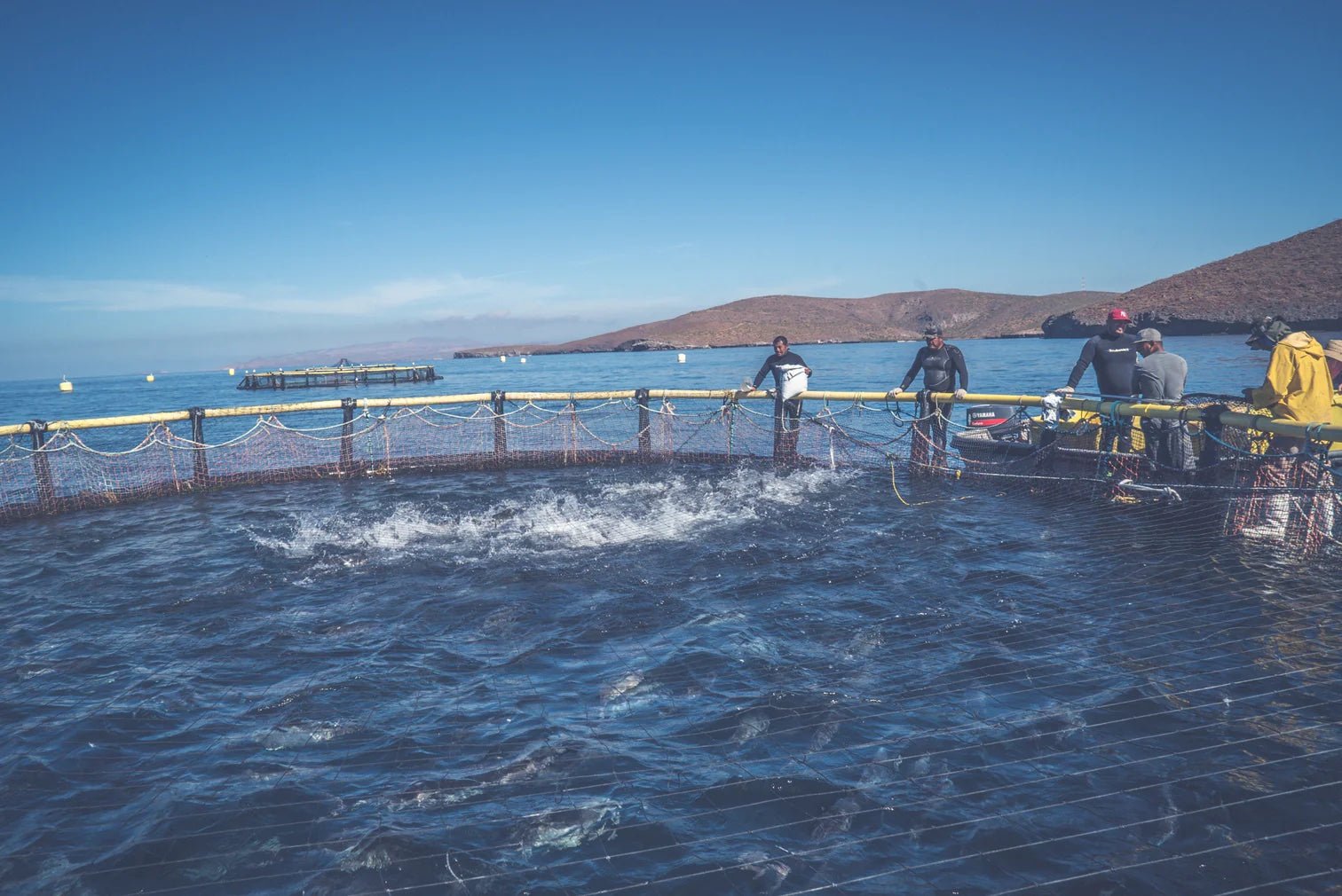
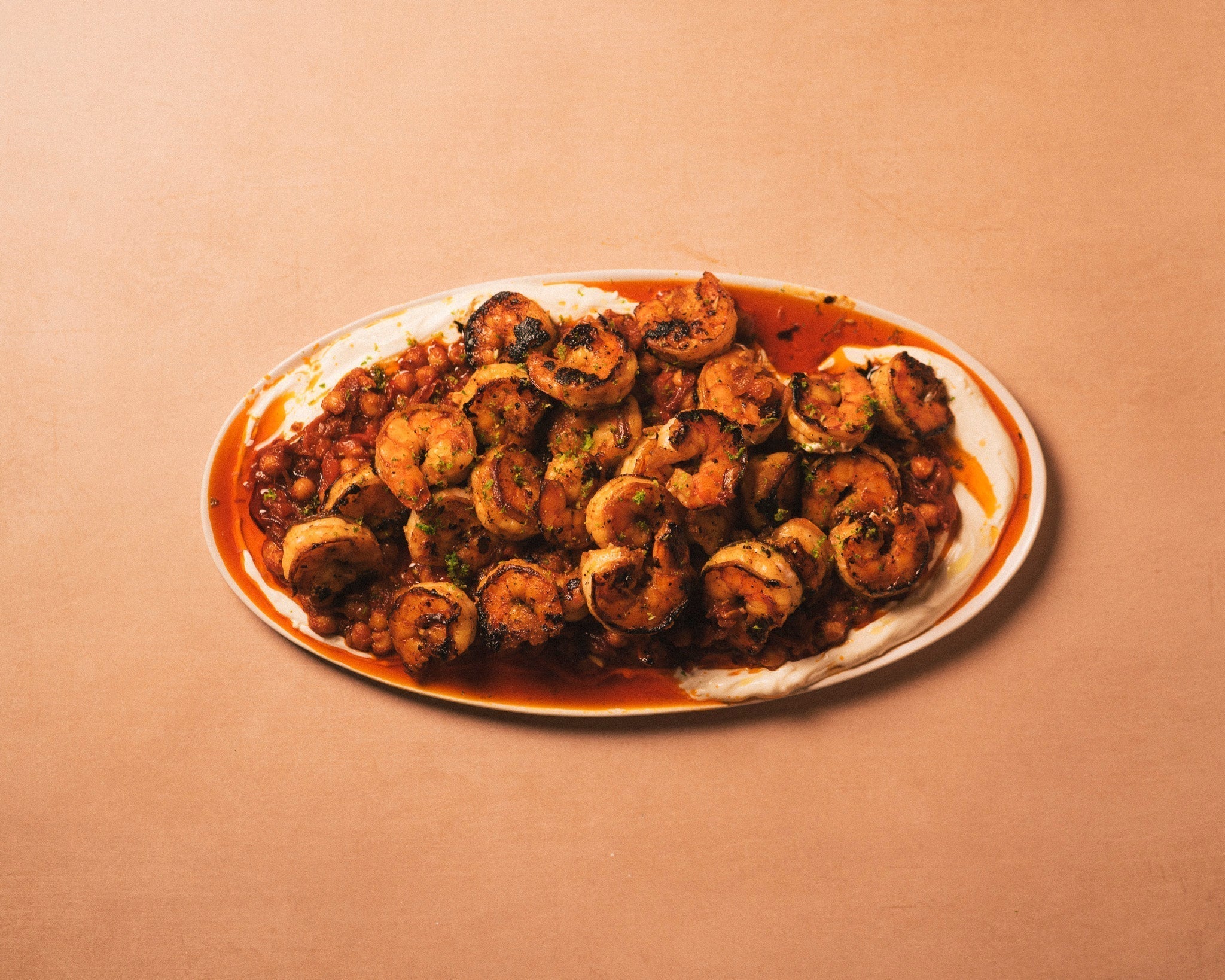
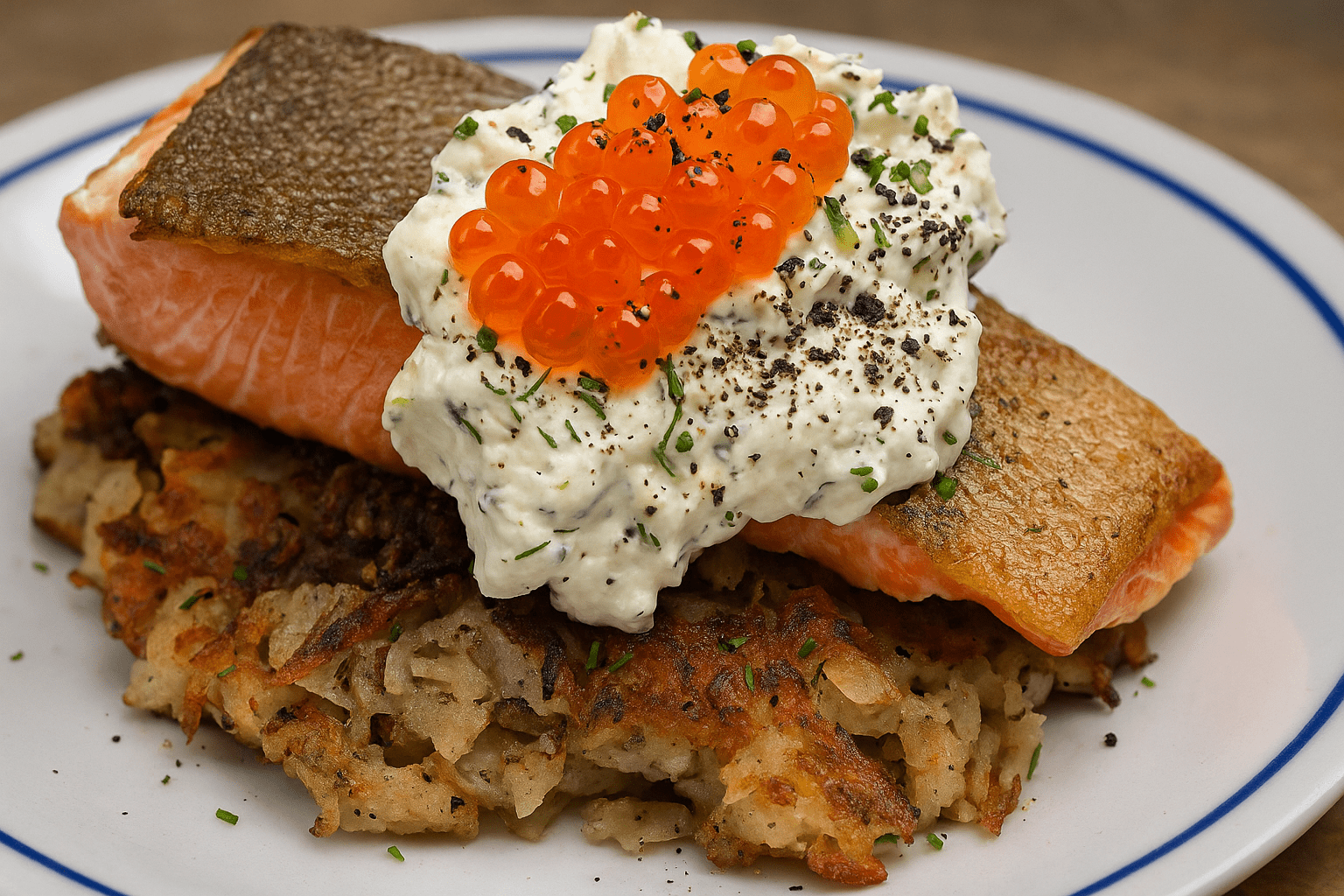
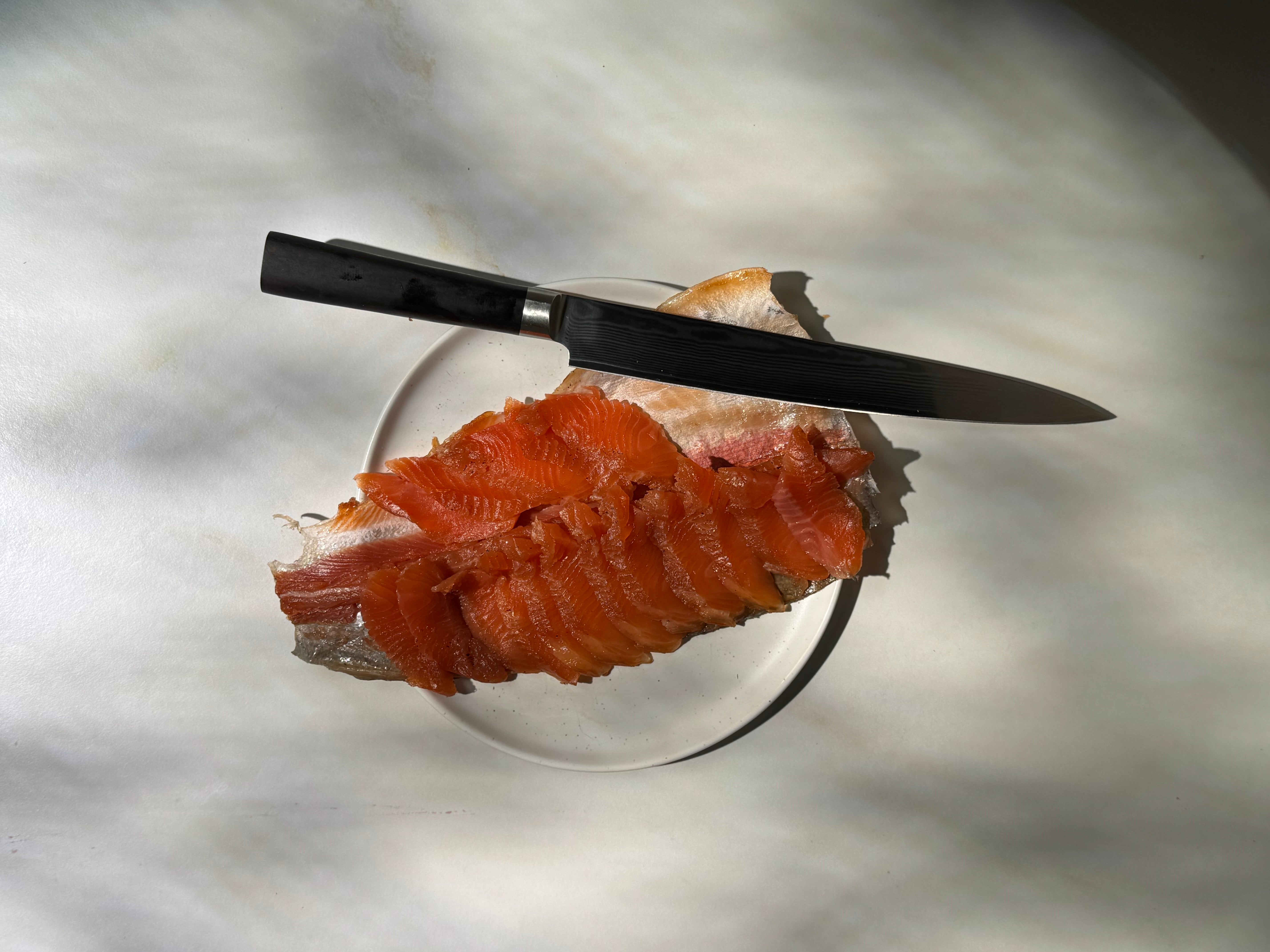
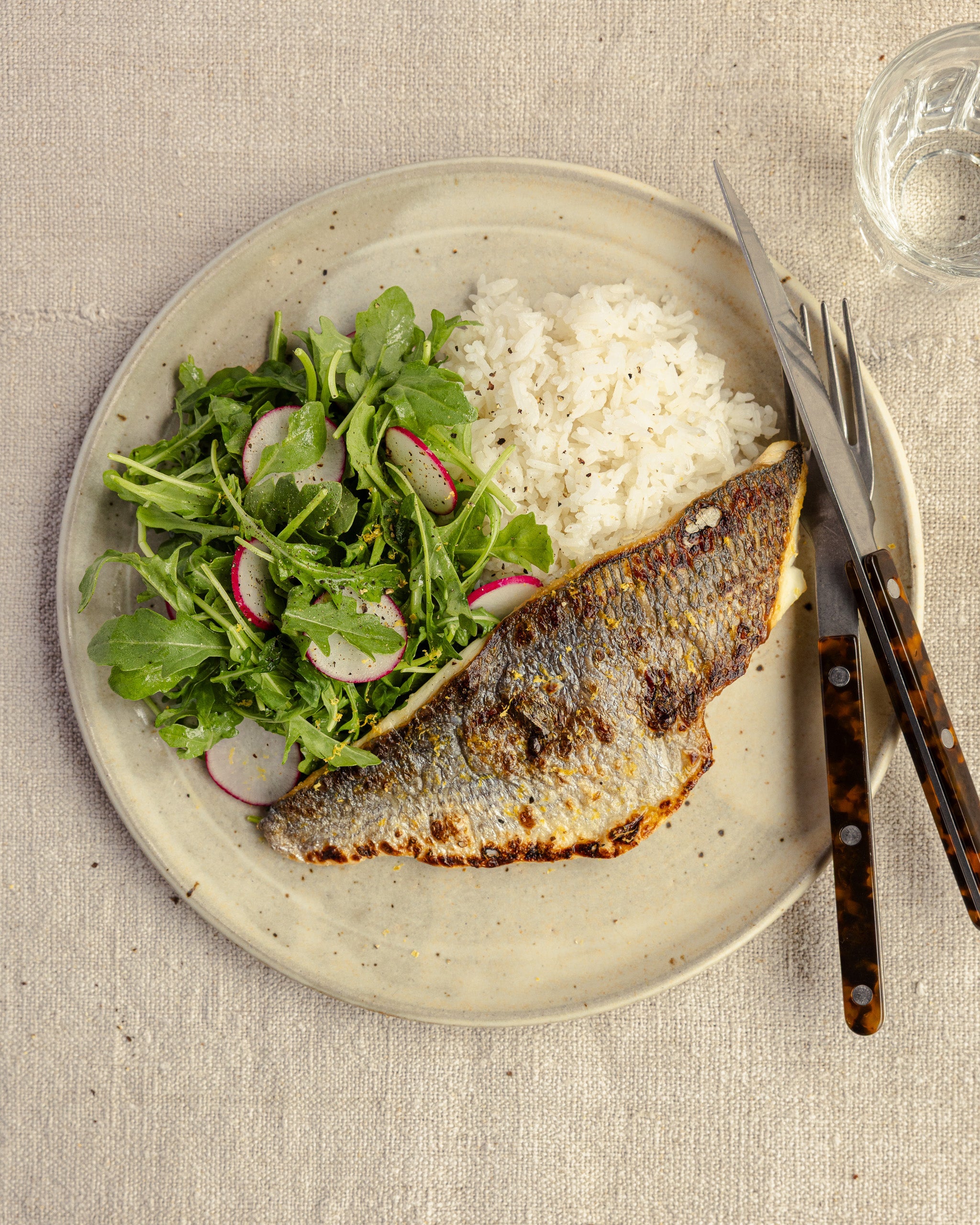
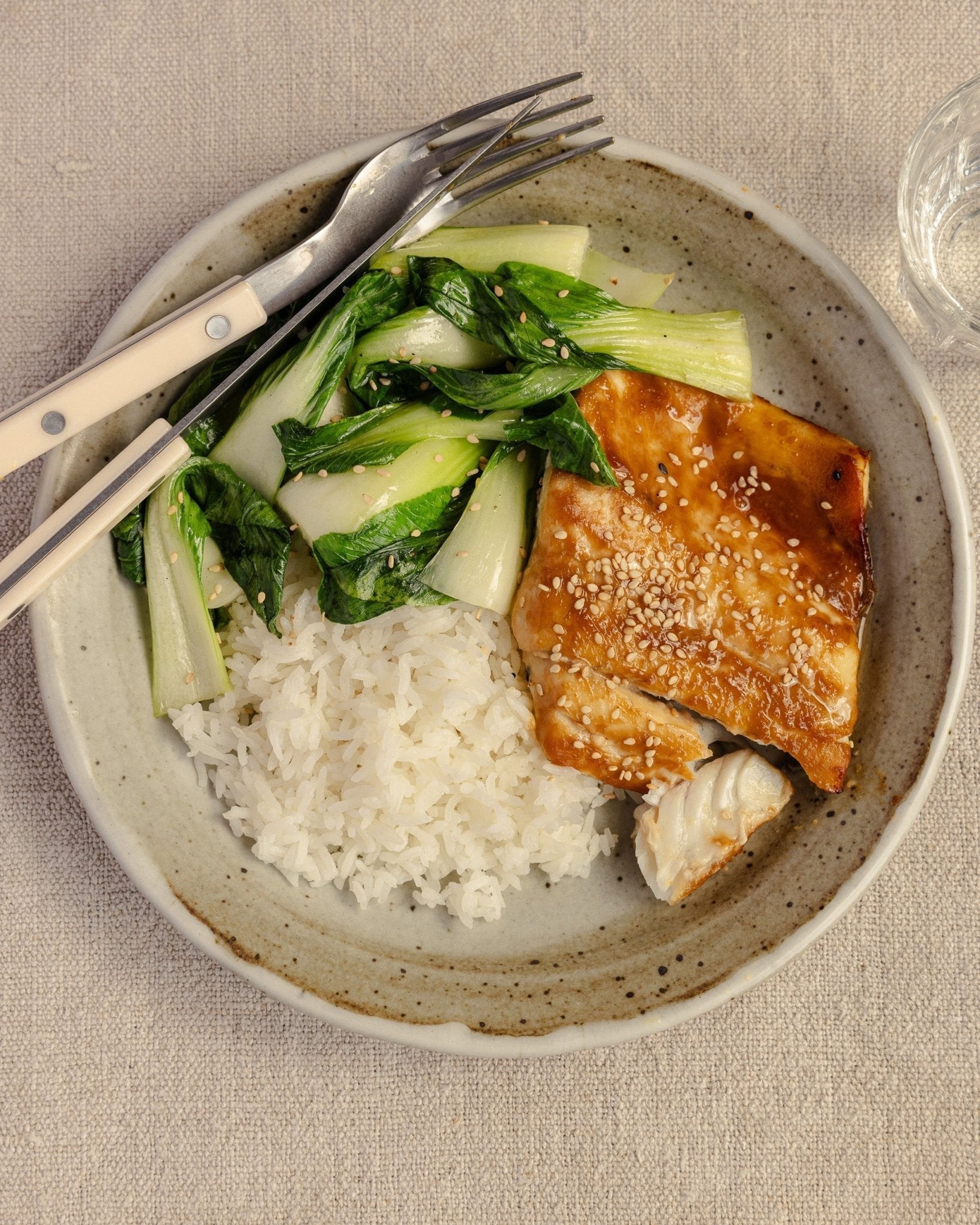
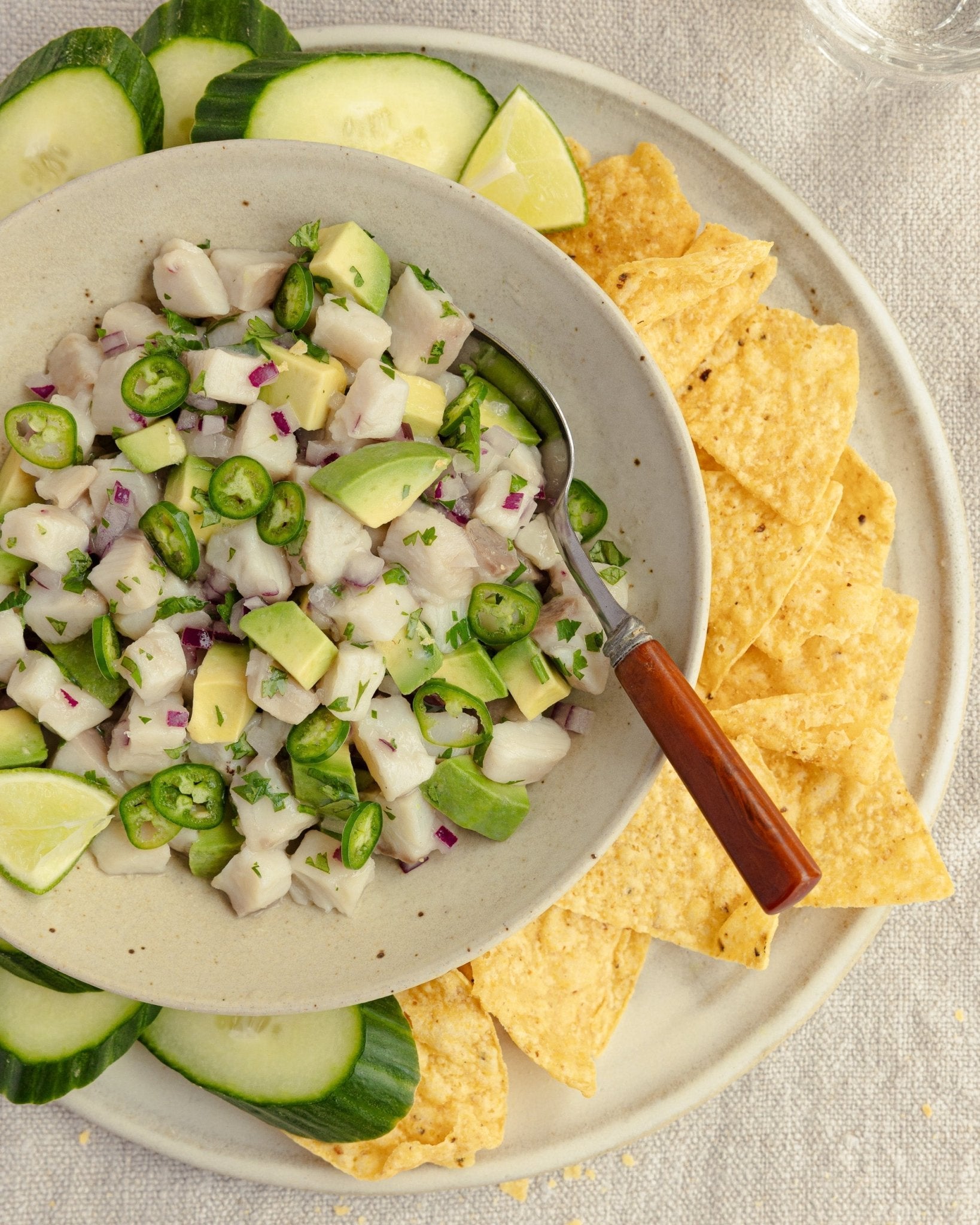
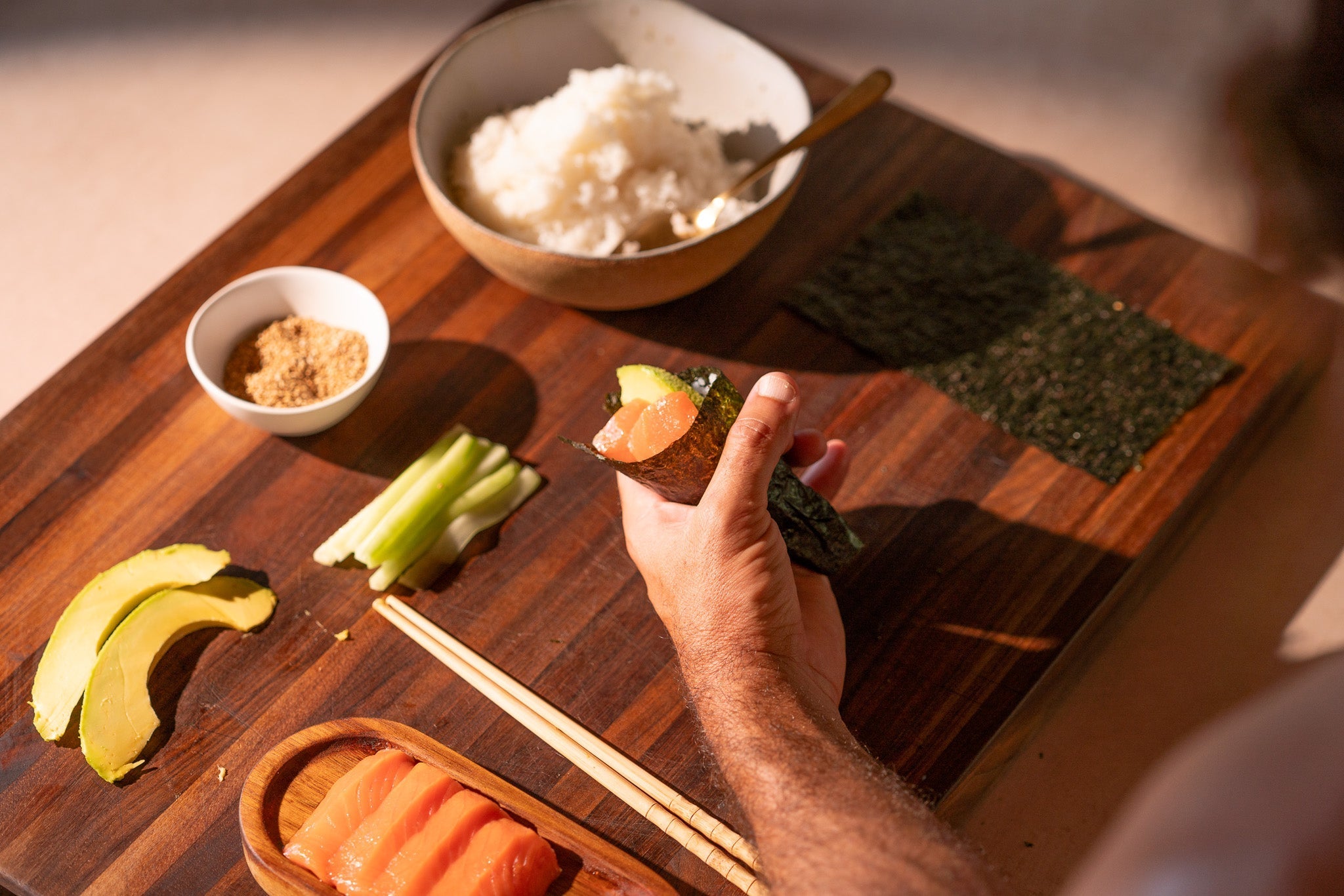
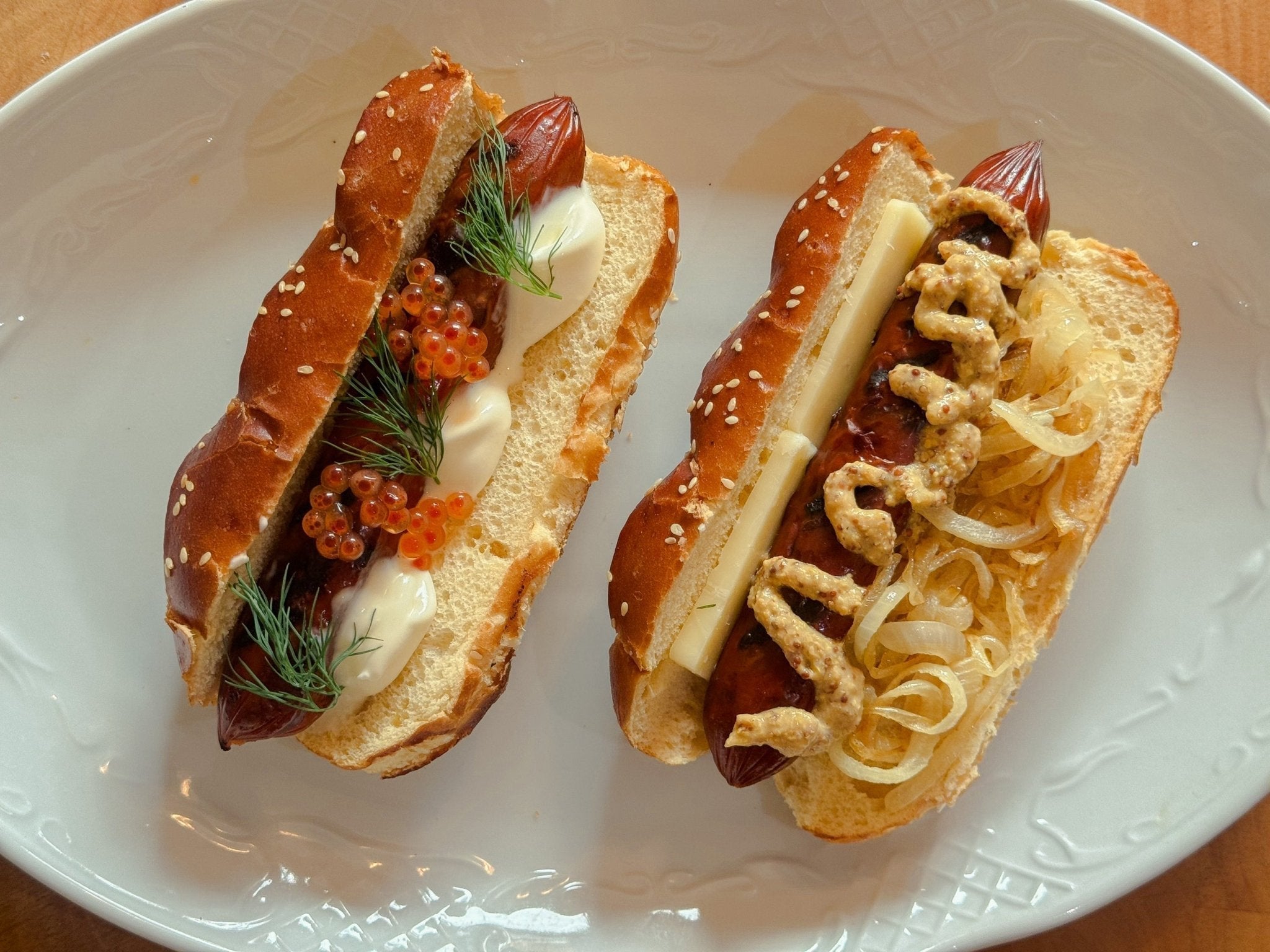
Share:
Lessons from Dan Barber: How Sustainable Farming Can Transform Our Food System
Beyond "Wild-Caught": What You Need to Know About Seafood Safety